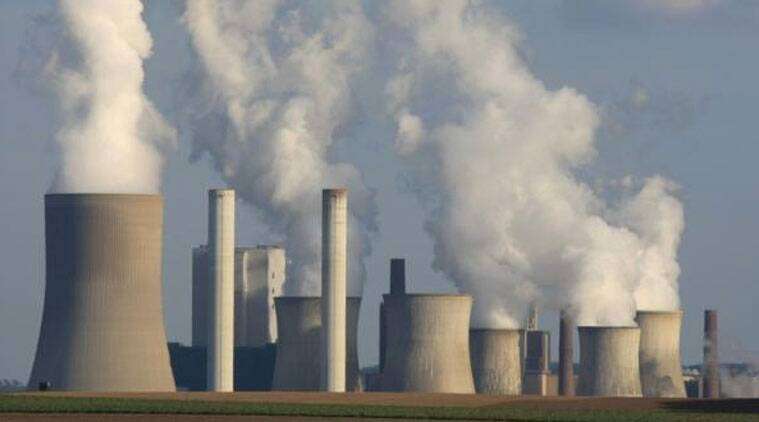Emissions trading schemes (ETS) across the globe saw carbon prices skyrocket over the past year, with the highest seen in the EU and UK, and yet, the steep rise in natural gas shortage remains the major push factor, according to GlobalData.
Despite the upward trend in carbon prices worldwide, they are still inadequate to reduce emissions in line with the Paris Agreement- reaching 1.5 degree Celsius of global warming.
The leading data and analytics company noted that only 22 per cent of greenhouse gases are explicitly priced and less than 4 per cent are priced at $40 per tonne— the minimum price considered necessary to meet Paris Agreement targets.
In 2021, a number of factors came together to cause a steeper increase in carbon prices and the shortage of natural gas precipitated other events which followed during the course of the year.
Miles Weinstein, Energy Transition Analyst at GlobalData, commented:
“The price of natural gas increased in 2021, driven by a natural gas shortage. This caused a number of power producers to switch to coal, meaning they emitted more CO2 and thus drove demand for emission allowances.
“Further, the increased ambition of decarbonization policies played a key role, with the EU proposing stricter ETS measures in July 2021, and market speculation in the EU ETS also increased the price.”
Miles Weinstein, Energy Transition Analyst, GlobalData
Countries in the US, EU Further Increase Carbon Taxes
In the US, a methane fee was proposed, which— if passed— will take effect in 2023. This would increase methane prices from $900 per ton to $1500 per ton in 2025. On a CO2-equivalent basis, this is a rise from $36 per tonne to $60 per tonne, respectively.
Weinstein explained: “Not only would this be the first tax on greenhouse gas emissions anywhere in the US, and the first ‘carbon’ price at a national level, but the final price is within the range needed to meet Paris Agreement targets.”
Indeed, rising carbon cost is a key strategy towards eliminating ‘dirty’ fuels such as coal-fired power production. In the UK, for example, carbon pricing helped the country drastically reduce reliance on coal within ten years.
Carbon prices have been rising steadily in the EU since 2019. Meanwhile, New Zealand and Europe remain regions with a price over the $40 per tonne bare minimum. Countries are looking to follow this path namely Canada, California and South Korea are approaching that price.
From a global perspective, 31 jurisdictions worldwide have an emissions trading scheme, and 35 have a carbon tax.
According to GlobalData, the importance of carbon pricing can be evidenced by the use of internal carbon pricing by over 850 companies worldwide for a variety of purposes, from investment planning to company-level emission reduction goals.
GlobalData observed that at least seven oil and gas majors use internal carbon prices, ranging from $25 per tonne today to $100 per tonne by 2030, indicating the gradual recognition of the need for carbon pricing in the oil and gas sector.
READ ALSO: It Is Not A Fact That We Are Not Paying Fair Wages To Workers- FWSC




















